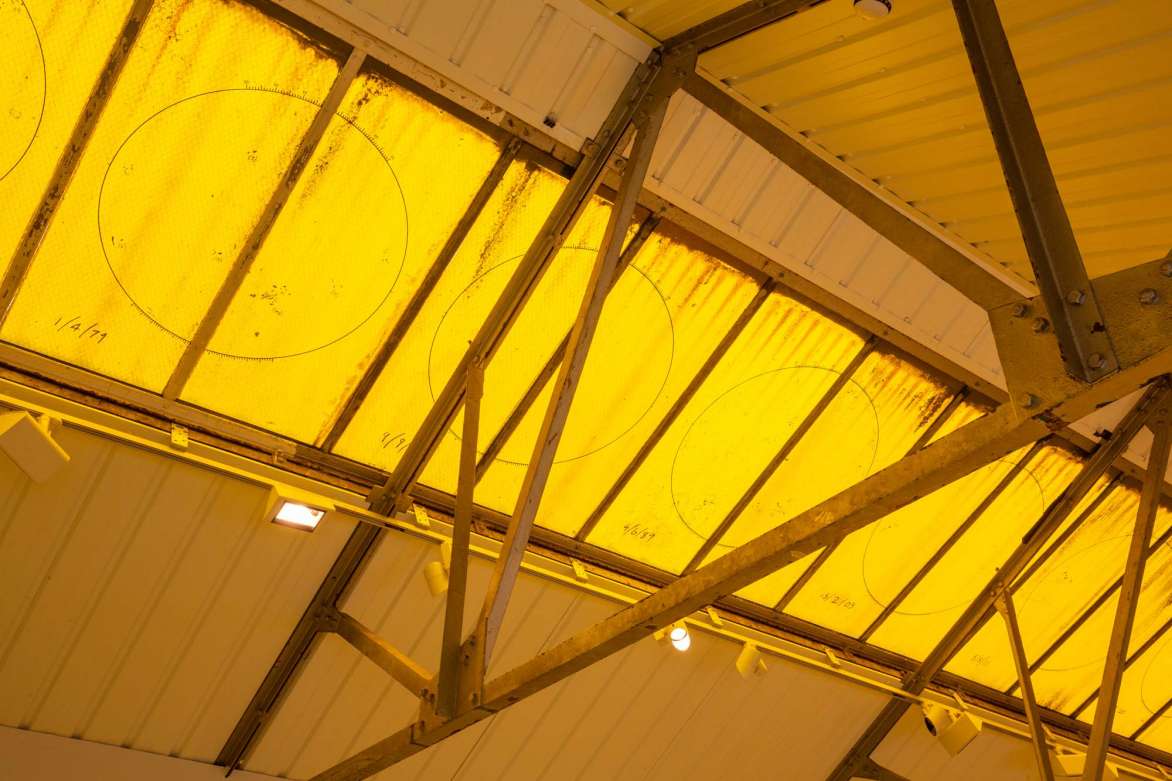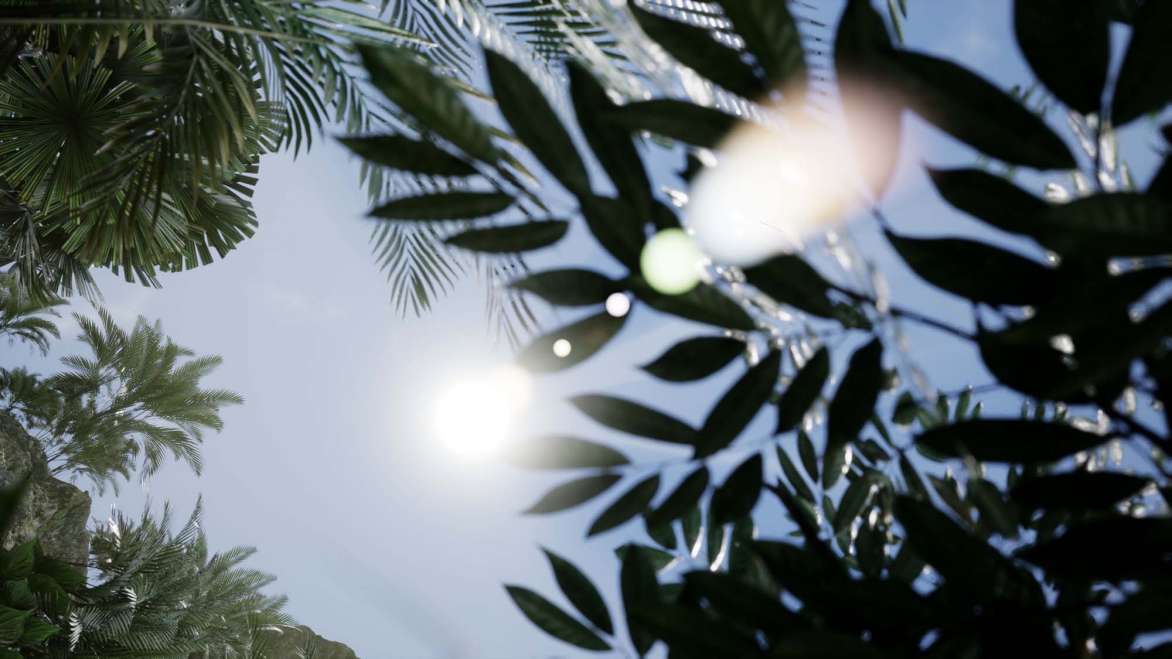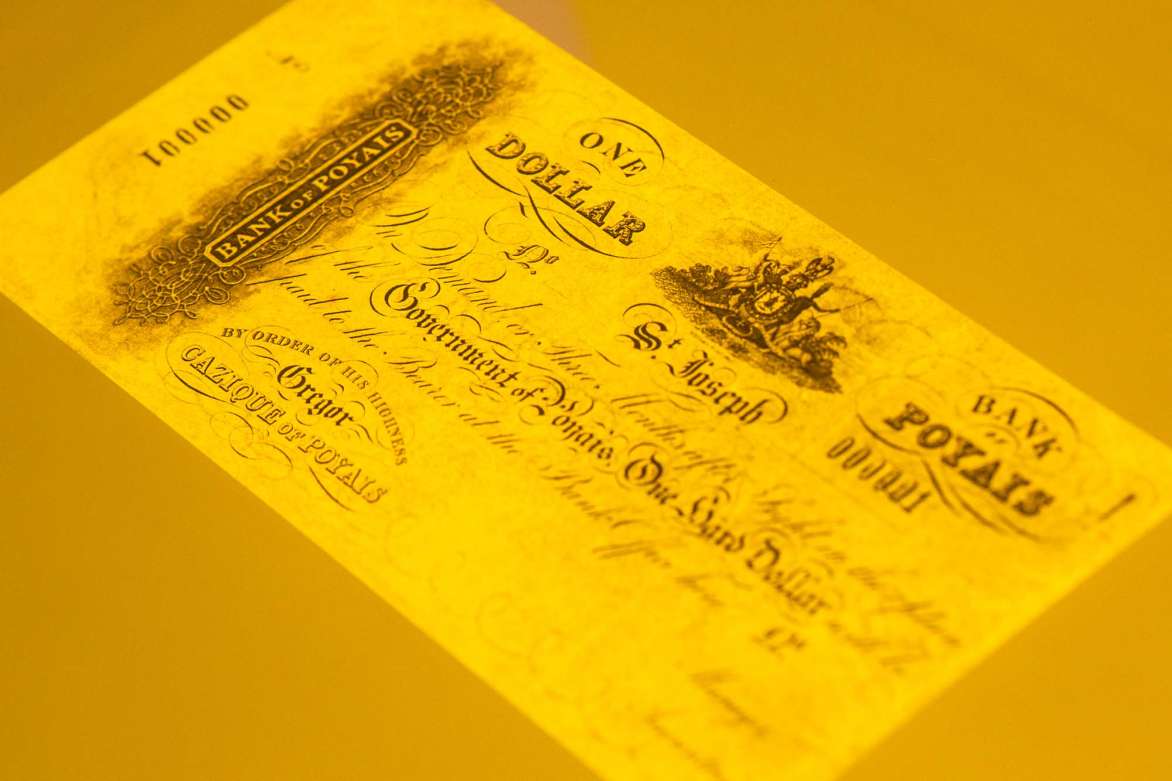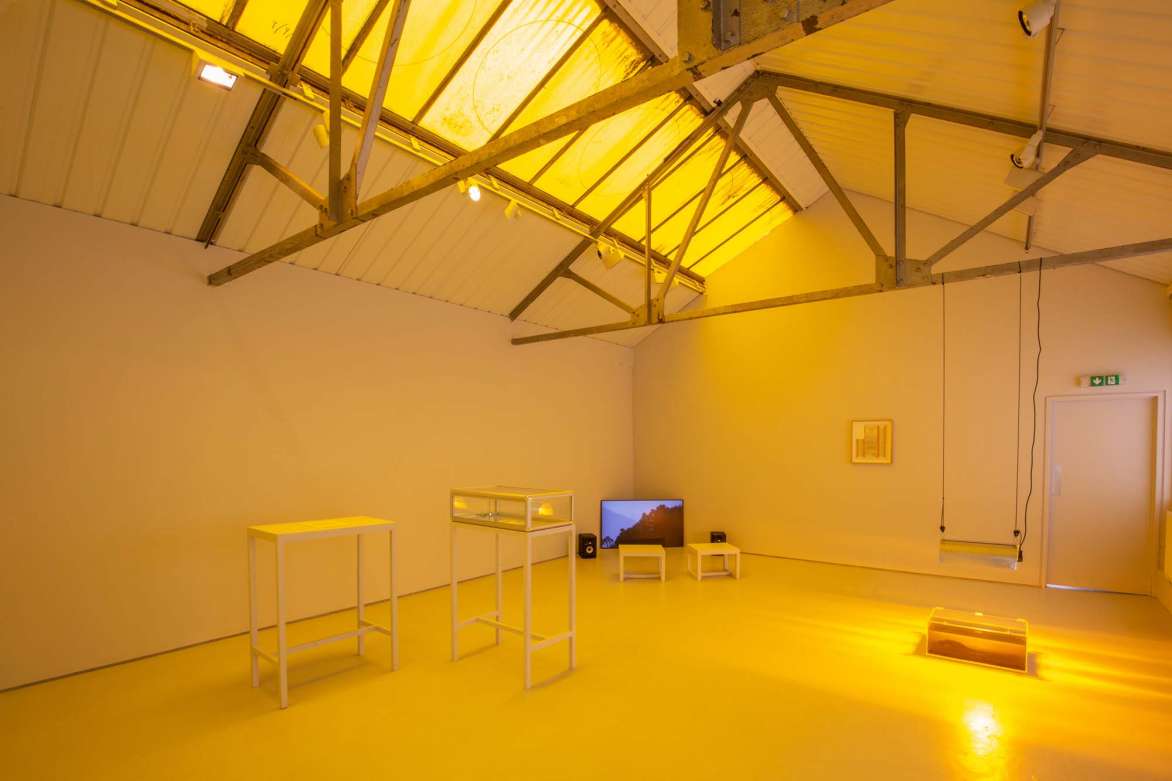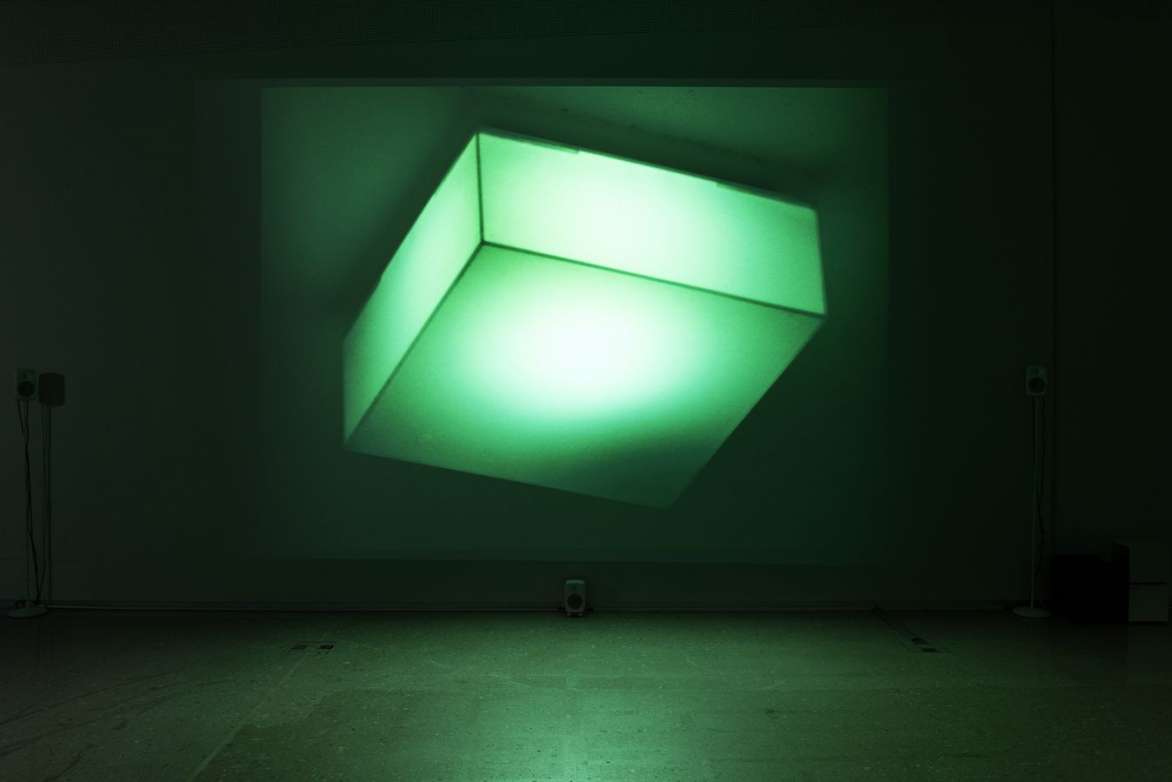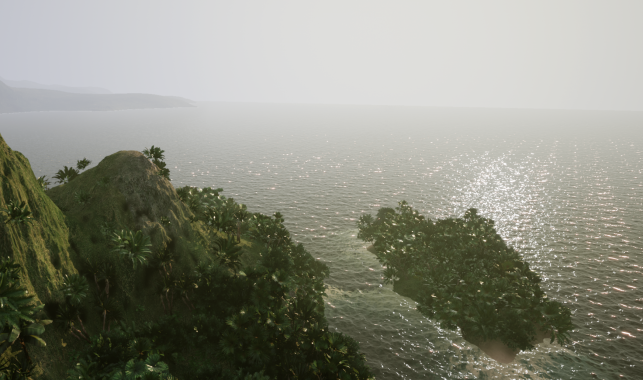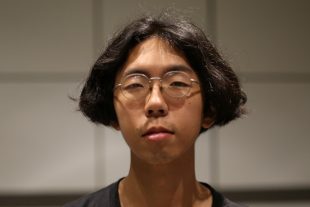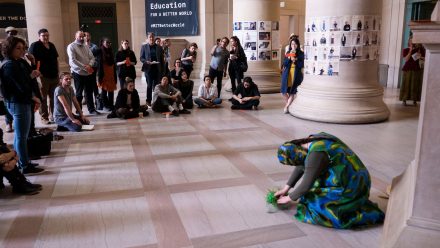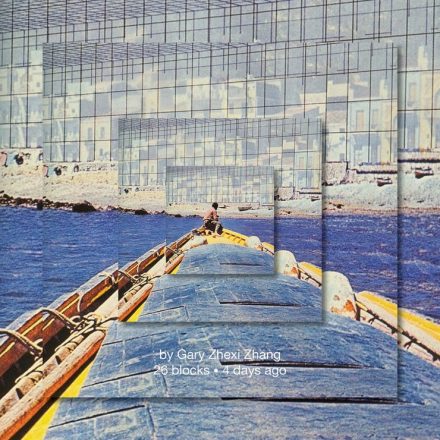Gary Zhexi Zhang: Cycle 25
June 4 – July 3, 2021
Gary Zhexi Zhang’s (SMACT ’19) first solo UK exhibition explores operative fictions in finance, sovereignty, and cosmic speculation. The exhibition, Cycle 25, is co-commissioned by Arts Catalyst and Bloc Projects. The show is named after the current solar cycle, which peaks around 2024.
From imaginary nations to the economy of the sun, the artist uses found artifacts, at once real and fictional, to explore the occult foundations of legal and financial systems. The exhibition takes its title from the number of the current solar cycle – patterns of magnetic fluctuation on the surface of the sun – which began in December 2019 and is expected to continue until 2030.
Central within the exhibition space is Poyers! – a multi-media installation comprising a video simulation, a contract and a currency. The work draws on the short history of Poyais, a Caribbean nation on the Mosquito Coast, which was formed amidst the colonial wars of the early 19th century and the collapse of the Spanish empire. Emerging not long after the birth of the London Stock Exchange, Poyais was sold to City investors as a verdant land of opportunity with an opera house, plentiful gold deposits and a climate that “agreed admirably with the constitution of Europeans”.
Thousands of Poyaisian investments and land grants were issued to a market eager to exploit the mounting debt and natural resources of the newly-independent American nations. Poyais, however, was entirely fictitious. Hundreds of British settlers, would-be Poyers, set sail for an imaginary colony on an uninhabitable land, in fact a remote part of Honduras; almost all of them died. Poyers! examines this seam of colonial and economic history through a simulation video work and found objects, including Fiat, a reminting of Poyais’ sovereign currency, which will be sold during the exhibition period through participation in a contractual performance linking buyers, devised in collaboration with JWSS Law LLP.
Poyais foreshadowed the first modern economic crisis in 1825, and the birth of a system called the “economy” over which individuals had little influence. It was also in this period that economists became preoccupied with the cyclical pattern of crises, seeking explanations in cosmic events or the psychological mood swings of the market.
The hypothetical influence of the sun on terrestrial markets obsessed William Stanley Jevons, a seminal figure for neoclassical economics, as well as the revolutionary scientist and Russian Cosmist Alexander Chizhevsky. Cycle 25, an installation which extends across the skylights of the gallery, stems from Zhang’s interview with Mikhail Gorbanev, a Washington D.C.-based institutional economist who has been researching the influence of sunspots patterns – dark, cool patches on the surface of the sun – on the socio-economic history of the earth. While unable to prove causality, Gorbanev’s research demonstrates the eerily consonant rhythms of solar cycles, economic crises and social revolutions.
The exhibition Cycle 25 forms part of an ongoing project, fud, which studies the time of uncertainty and catastrophe in contemporary speculative practices. Through the frameworks of insurance, law and economics, the project explores the negotiation of temporal structures where the past is no longer a reliable guide to the future.
A conversation between Zhang and artist Bahar Noorizadeh is scheduled for July 1.
Gary Zhexi Zhang is an artist interested in unstable knowledge; over the past few years his work has been largely concerned with systems theories and planning technologies. As a writer and editor, he is currently working on a book about financial fictions and catastrophic time, to be completed in 2022. Recent and upcoming group exhibitions and screenings include Liquid Ground at Para Site, Hong Kong; Participation Mystique at Ming Contemporary Art Museum, Shanghai; the Swamp School at the Venice Architecture Biennale and Cross-feed at Glasgow International 2018. Recently, he was a ToftH fellow at the Berggruen Institute and a part-time lecturer at Parsons School of Design; currently, he co-runs the collaborative studio Foreign Objects and is a resident at Somerset House Studios.

